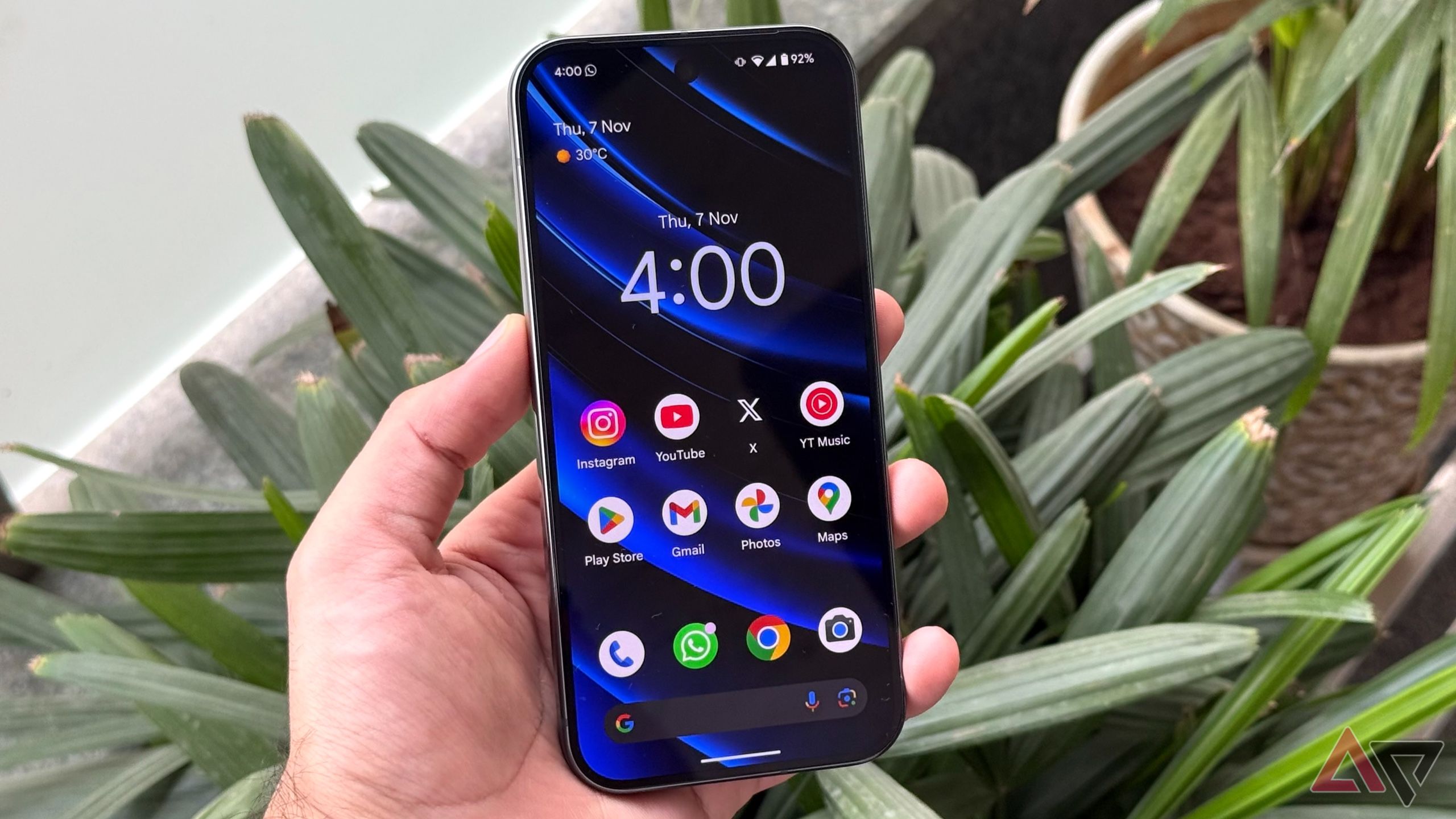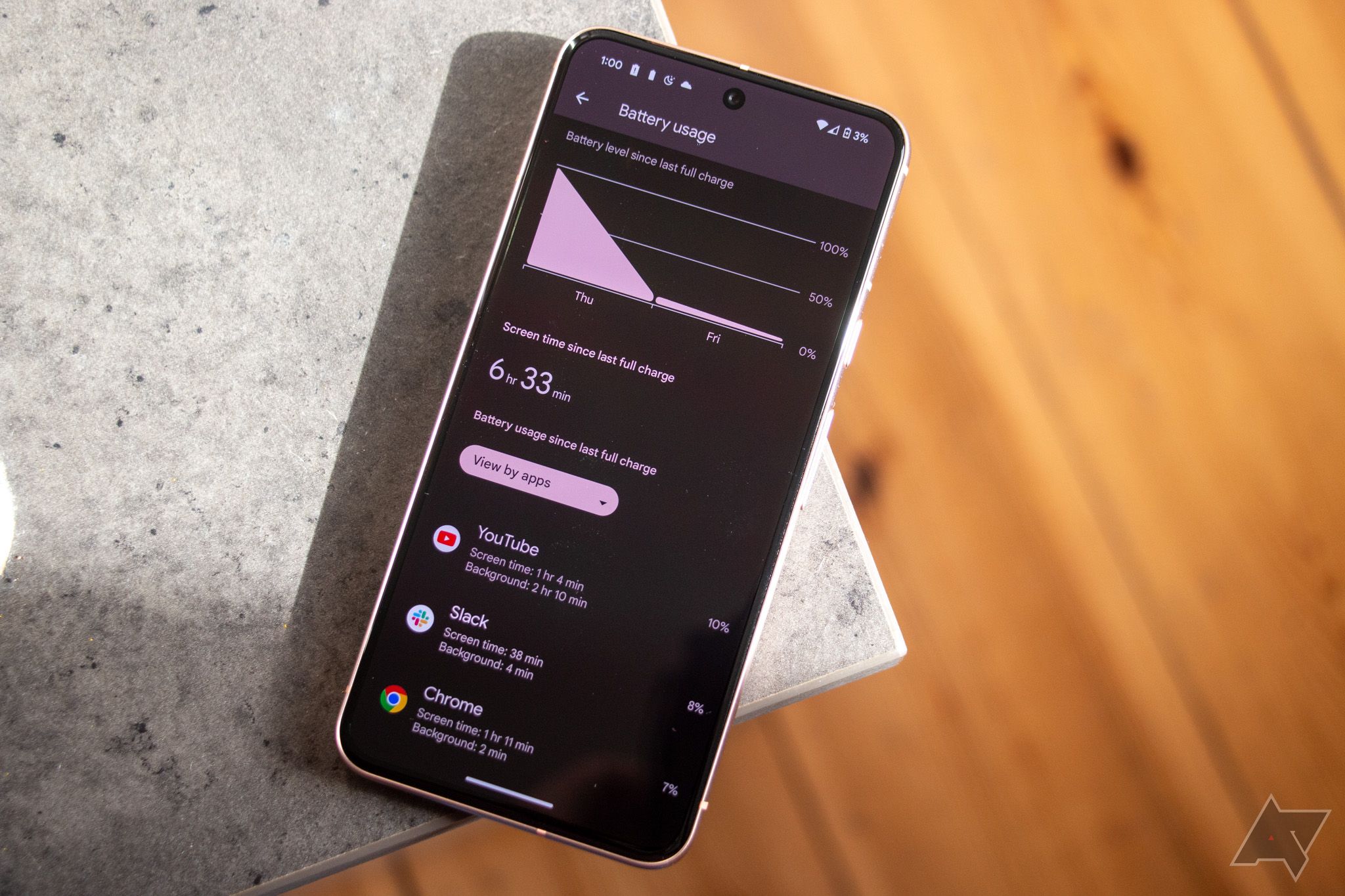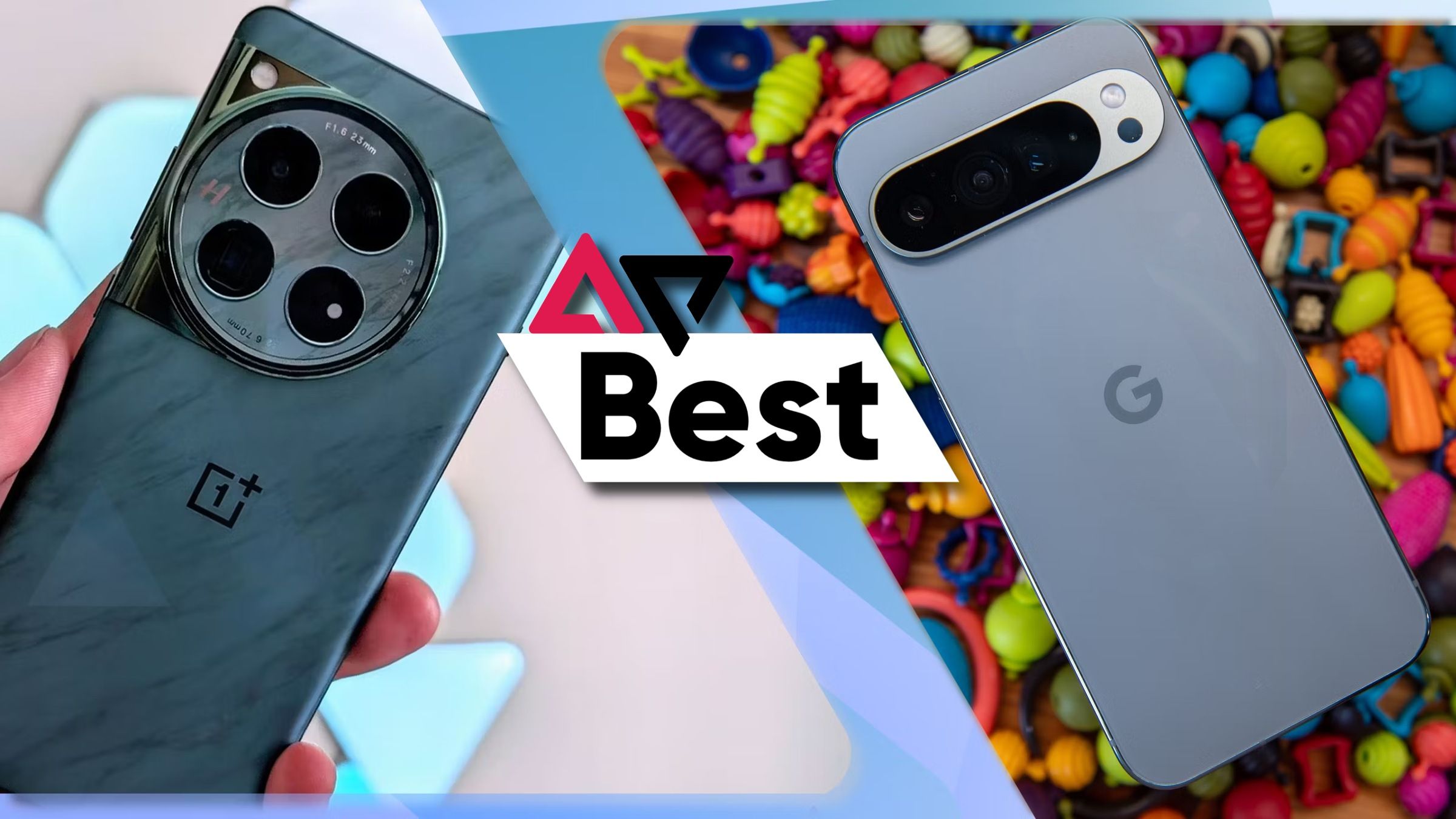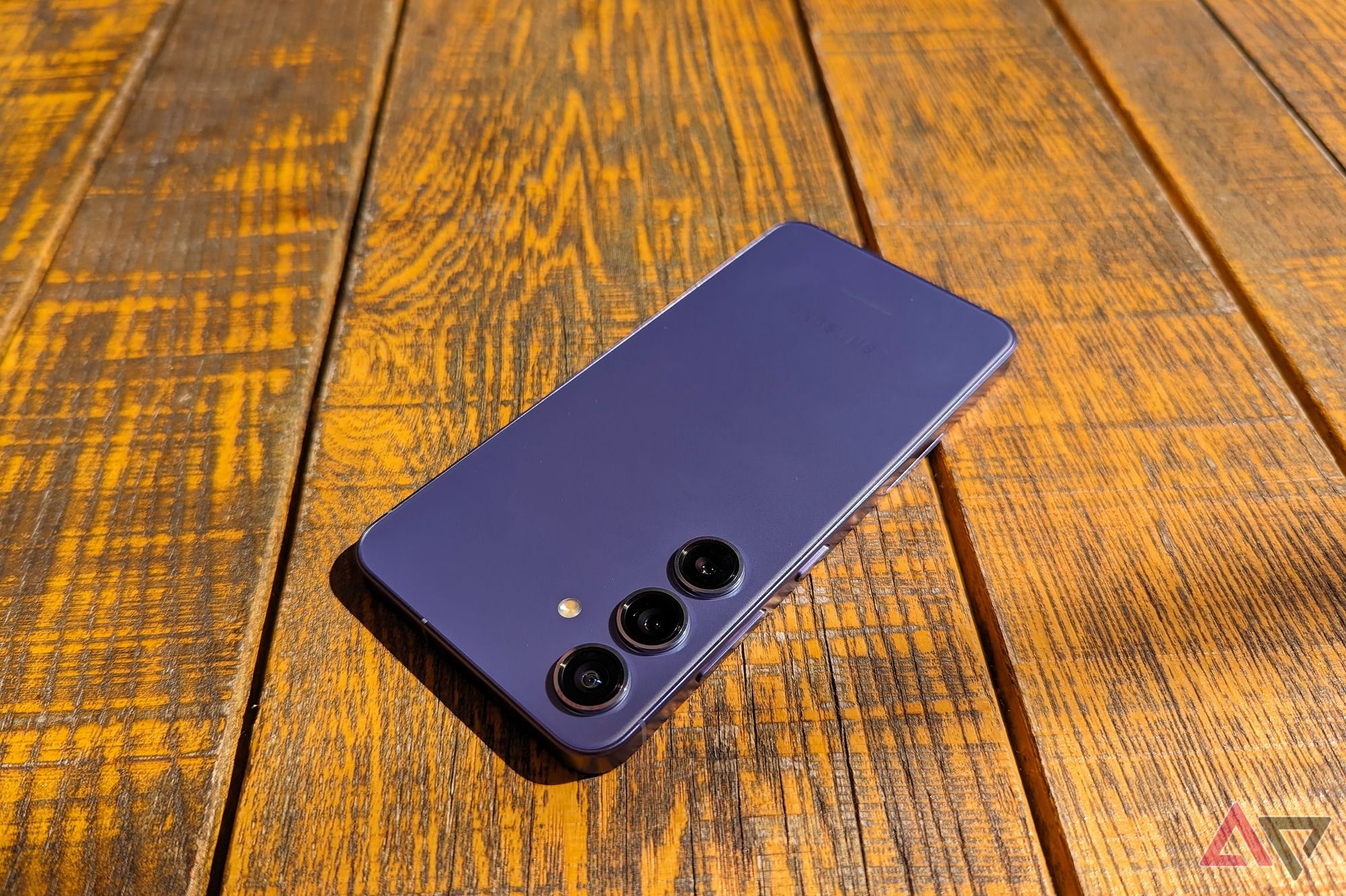How useful your phone is to you at any given moment is entirely dependent on if it’s charged or not. Most people are well-trained enough to manage their phone’s battery life, but a fast processor or 50-megapixel camera doesn’t matter if your phone dies midway through the day.
No Thanks, Keep Reading
When details of Google’s upcoming Tensor chips came out, they weren’t focused on processing power, but instead on efficiency. Battery life isn’t abysmal on Pixel phones, but it hasn’t historically aged well. Unfortunately, that fact is representative of the larger “stalling out” of battery life improvements across the board. Your smartphone’s battery life feels more important than ever, but it’s also never seemed harder to change.
Google wants Pixels to be battery champs
New Tensor chips could be the thing to do it

These problems haven’t gone unnoticed. According to a leaked presentation viewed by Android Authority, Google’s big plan for it’s next Tensor chips is to improve thermals and battery life. The presentation reportedly shared that less than 86% of Pixel 6 and 7 owners made it through the day without having to stop and charge their phone. That’s not a devastating stat, but it certainly reflects poorly on Google.
The company’s new chips would aim to improve both thermals and battery life, rather than focusing on raw performance. Of course, before the G6 comes out, Google has to ship next year’s Tensor G5. That chip, according to Android Authority, will be the first manufactured with TSMC’s 3nm-class N3E, the same node used to make Apple’s A18 Pro and M4 chips. When the Tensor G6 is ready for production, it’s expected to use an even more efficient node.
This is notable for a few reasons. Until now, Google relied on Samsung’s 4nm node to help make its Tensor chips, with mixed results compared to the Snapdragon and A-series competition. Perhaps more importantly, the smaller the node, the more transistors can be packed on a chip, and the more efficient a chip can be. That sets up the Tensor G5 and G6 to make efficiency improvements that could translate to better performance and efficiency.
Smartphone battery life has stalled out
Dramatic battery life improvements don’t really happen
That makes the future more reassuring, but leaves the present outlook a little more cloudy. When you compare the battery life of phones from the last three years to something like camera performance or new software capabilities, how your phone shoots and its software features have far outstripped how long it lasts on a charge.
Battery life can vary depending on what you actually use your phone for, but even just looking at the screen-on time measured during Android Police smartphone reviews shows slow progress. For example, Google Pixel phones have gotten anywhere from 5 to 7 hours of screen on time for years, with the Pixel 9 being the first major departure, regularly getting over 6 hours of screen-on time during Android Police’s review testing.
|
Smartphone |
Screen-on Time |
|
Google Pixel 6 |
Around 6 hours |
|
Google Pixel 7 |
Around 5 hours |
|
Google Pixel 8 |
Around 6 hours |
|
Google Pixel 9 |
Over 6 hours |
Samsung’s Galaxy S line has improved more steadily, but still hasn’t made the leaps and strides its cameras and other software features have.
|
Smartphone |
Screen-on Time |
|
Samsung Galaxy S21 |
Over 6 hours |
|
Samsung Galaxy S22 |
Around 5 hours |
|
Samsung Galaxy S23 |
Around 8 hours |
|
Samsung Galaxy S24 |
Around 9 hours |
Some of these issues could be chalked up to the limitations of battery chemistry, the demands of powerful chips, or the strain 5G modems put on phones. But it also seems like phone makers weren’t willing to compromise flashier features for a few extra hours of battery life. That’s one reason why companies like OnePlus popularized fast charging over offering multiple days of battery life — you don’t have to give up a sleek design to do it.

Related
How to check battery health on your Android phone
Phone running out of juice too soon? Check your battery health
Long battery life fundamentally changes how a device feels
An Amazon Kindle needs to charge like any other gadget, but besides it’s E Ink display, it feels different from something like your smartphone because it can go weeks without being charged. That long battery life means a Kindle can sit on your nightstand for nearly as long as a physical book and still be used to read. You start to think of it as something other than a gadget with a battery.
The same logic extends to smartwatches. When you can take a smartwatch on and off for days in a row without needing to charge it, you start thinking about it like a fashion accessory rather than a battery you have to monitor.
We currently don’t have that luxury with smartphones, and it feels more important than ever that something changes. Until then, you’ll have to make do with tips on how to extend your battery life or a good external battery pack.






